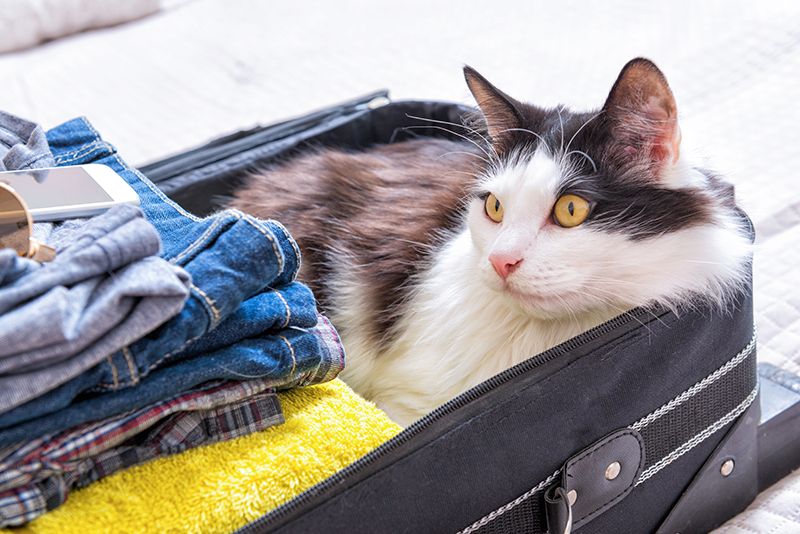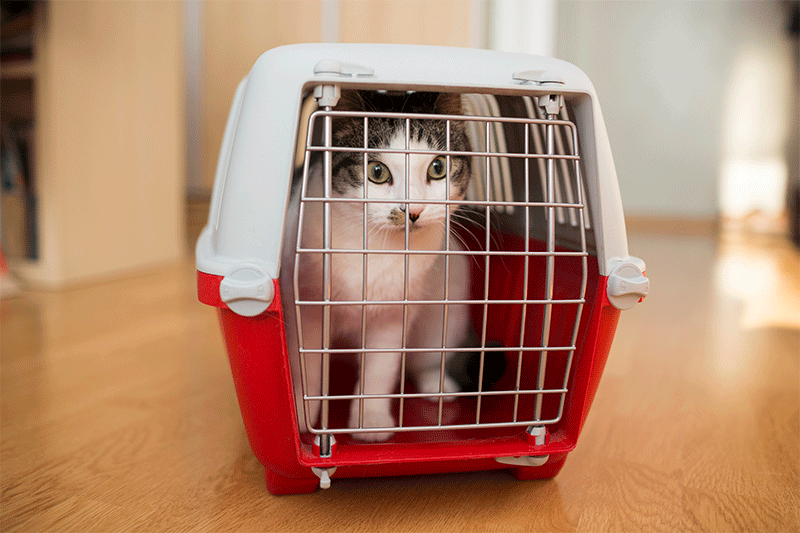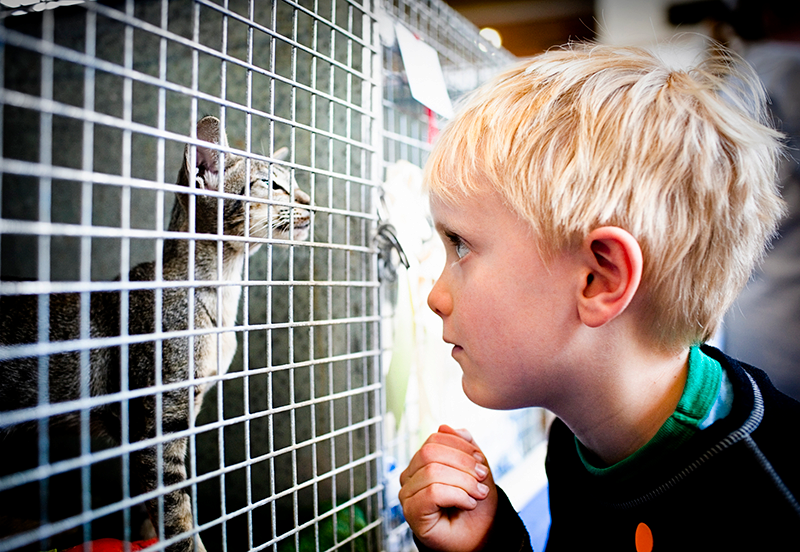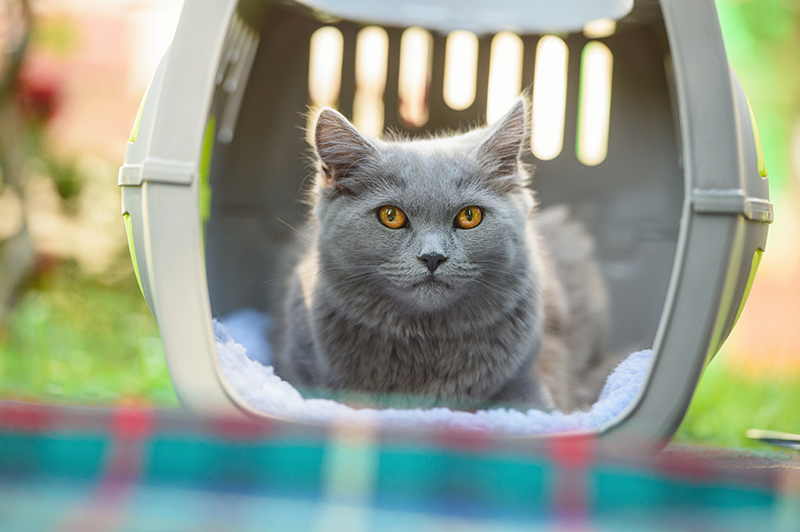Pro Tips for Flying with Your Cat or Dog
From increased security procedures to extra fees for checking baggage, the logistics of airline travel have become more complicated over the years. We're here to help you negotiate the ins and outs of flying with your four-legged companions to help you both get to your destination - stress free.
Fly Like a Pro
First things first, research to see which airline best suits your pet’s needs. Some airlines allow pets to travel in the cabin and some have special programs offering in-cabin perks like pet carriers and the chance to earn points, while some are more restrictive. It's important to note that certain breeds of cats and dogs with respiratory issues may not be allowed to fly due to safety concerns. Be sure to check with your vet to make sure flying is safe for your pet. If your pet has special needs (and you have extra to spend) there are even pet only airlines available!
If you’re traveling for July 4th, keep in mind that loud noises are a major source of stress for many pets. Beyond fireworks when you reach your destination, busy airports are full of unfamiliar sounds from movies streaming on devices in waiting areas to honking taxi cabs in the transit line. If you’re able to, we recommend not flying with pets during peak travel times. There will be more space available in the cabin for pets, staff will be less distracted, and airports will be calmer overall.
“FIRST THINGS FIRST, RESEARCH TO SEE WHICH AIRLINE BEST SUITS YOUR PET’S NEEDS.”
Pro Tips for In-Cabin Travel:
- Reserve room: Airlines often only allow a limited number of pets to travel in the cabin, and some airlines only allow certain types of pets to travel in the cabin. Always call the airline and make sure there’s room for your pet before you buy your ticket.
- Get the right fit: Measure the size of your carrier ahead of time. It has to fit under the seat in front of you just like a carry on item. Check with the airline for the requirements.
- Hydrate smart: Ice cubes will keep pets occupied and hydrated, but not so much that they could have a potential accident.
- Help them ‘go’ on the go: Have Wee-Wee® pads handy; you can try to take your pet with you into the restroom and see if they can go there. When you’re not in the air, many airports now have areas to walk dogs safely without having to exit security (see JFK’s pet only terminal, the Pet Oasis).
- Calm their nerves: Animals get nervous during plane travel just like humans. Before heading to the airport, spray their carrier with Comfort Zone Spray & Scratch Control Spray to help calm them before the flight.
Pro Tips for Cargo Travel:
- Pick the right crate: IATA regulations require a sturdy pet crate with adequate ventilation, waterproof bottom, spring locked door, disabled wheels, no handles and metal hardware. Check your airline for the requirements.
- Secure identification: Put contact information, ID, and medical information somewhere visible on the crate and make sure it’s secure and can’t be damaged (we use a plastic pouch).
- Help them hydrate: As you aren’t able to supply water to your pet on demand with cargo travel, plan ahead and make sure they’re hydrated enough in the days before your trip.
- Add a piece of home: Put an article of your clothing, like a soft t-shirt in their crate. Your smell is a friendly, comforting reminder when your pet is in a strange environment.
- Soothe: Giving tranquilizers or sedatives to your pet before cargo travel may be dangerous. Instead, opt to relax them by spritzing their carrier with Comfort Zone Spray & Scratch Control Spray.
There you have it. With a little planning, traveling with your cat or dog doesn’t have to be a stressful situation.




